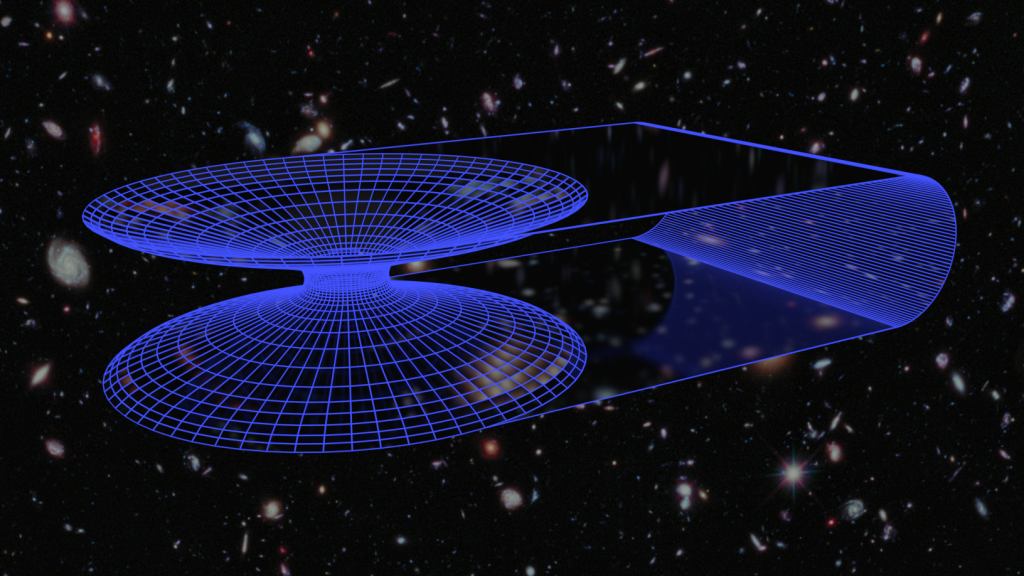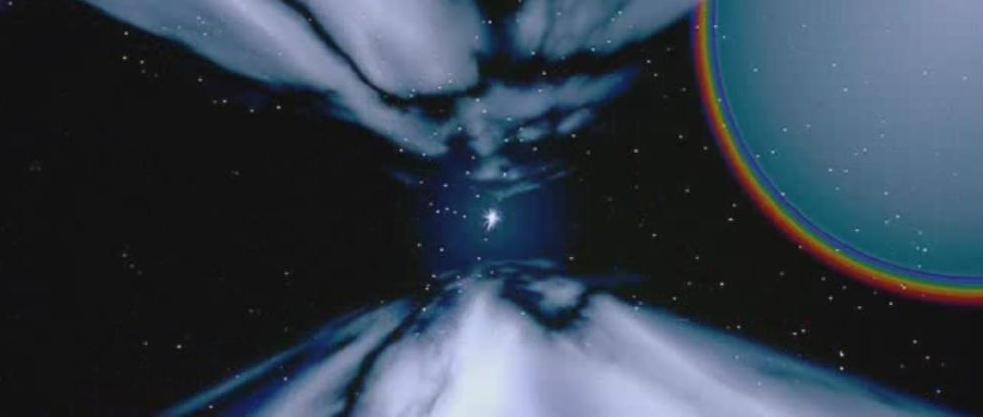Getting Time Loopy: The Groundhog Day Effect

[Featured image by freeimageslive.co.uk – fmant0]
There’s an episode of Star Trek: The Next Generation called “Cause and Effect” (episode 518). In it, while exploring an uncharted area of space, the Enterprise and its crew came upon a “temporal flux distortion” out of which came the USS Bozeman. It struck one of the Enterprise‘s warp engines causing a repeating time loop in which Bill Murray woke up in Punxsutawney, reliving the same February 2nd over and over.
Or something like that.
 In celebration of the day that we worship a fortune-telling rodent that consistently predicts the weather incorrectly, we’ll take a look at the scientific phenomenon featured in the film most associated with the day, the appropriately named Groundhog Day. But in doing so, we also need to look at another aspect to the same temporal loop phenomenon depicted in that film. Whereas Groundhog Day is about a person living a fairly linear life in a universe caught in a time loop, we should also look at a local time loop while the universe continues a linear existence. That occurs in the aforementioned “Cause and Effect”.
In celebration of the day that we worship a fortune-telling rodent that consistently predicts the weather incorrectly, we’ll take a look at the scientific phenomenon featured in the film most associated with the day, the appropriately named Groundhog Day. But in doing so, we also need to look at another aspect to the same temporal loop phenomenon depicted in that film. Whereas Groundhog Day is about a person living a fairly linear life in a universe caught in a time loop, we should also look at a local time loop while the universe continues a linear existence. That occurs in the aforementioned “Cause and Effect”.
Enter The Wormhole
First of all, we need to look at what would create the physical property of a time loop. The best (and possibly only) candidate would be the wormhole.
Wormholes are common staples in science-fiction. One could even call it a bit of a trope. But are the depictions even accurate? The simple answer is that nobody knows. In fact, wormholes themselves are, at this point, only theoretical and possibly just a mathematical curiosity. However, scientists generally believe that the figures must be accurate and they must be real.

Wormholes are, in theory, shortcut passageways between two points in time and/or space. Based on the curved space-time of relativity, they are tunnels at the shortest distance between points on a curve. Imagine having to get to the other side of a mountain. The only two ways to get to the other side are to go over or around it. Oh, wait. Someone kindly cut a hole through the center complete with paved road. How nice. That’s essentially what a wormhole is like in curved space-time.
However, they’re very small. I mean really small. I don’t think you quite grasp the level of attoscopic diminutiveness that describes wormholes. They’re tiny, is what I’m trying to say. They exist on a quantum scale. And they don’t typically last very long. The theory is that if enough energy is exerted on a wormhole, it can be enlarged and held for a longer period of time, such as long enough for a ship or person to travel through.

And what would one look like? Although most movies and television shows depict wormholes as sparkly vortexes, the truth is that no one has the slightest clue. Perhaps they don’t even all look the same. Some might look like black holes. Some might look like something from a video game portal gun.

They could also be invisible!
That’s The Spirit!
Then there is the issue of memory. How can we explain the fact that the meteorologist named Phil Connors (played by Murray) could relive the day over and over remembering what happened before without ever aging? How can the Enterprise crew experience déjà vu? If there was a full time reset, wouldn’t their memories also reset? And if not, shouldn’t they be aging each time? This is the point where we have to step slightly aside from hard science and start guessing.
Although I and most others, including scientists in all fields, believe in the existence of a non-corporeal self, called a spirit or soul, others don’t, including scientists in all fields. The reason for that is that there is not enough hard scientific proof that it exists.
But we need for people to go back in time with a reset body, including synapses in the brain needed for memory, and still remember what is going on. For that, we have to simply assume the non-corporeal self exists, and that is what gets sucked into a wormhole and dropped into the past. (Though admittedly, it doesn’t really explain an android like Lt. Commander Data. So we’ll just take some artistic liberty on this.)
Breaking The Loop
Now it’s time to figure out how to break the time loop.
For the Enterprise, the solution is easy. Data sends a message back to his earlier self that said the course of action being ordered won’t work. So he opts to carry out the other option and saves everyone. There is no explosion, and the energy needed to open up that wormhole is never exerted. (Apparently doing BOTH courses of action for greater effect was somehow unreasonable to them. But let’s not split hairs.)

The strange case of Phil Connors is a different story altogether. There seems to already be an invisible wormhole there connecting one point in time with another in the past. It was apparently placed there by the Universe in some form. (Some might say it was chance. Some might say that it was God. But the credits indicate that it was Danny Rubin and Harold Ramis.)
The only real solution in this case is to cause the events in the time line to deviate enough to avoid the wormhole. But no matter what changed in the events throughout the story, it just kept resetting. Then after about forty years (according to one interview with the late Mr. Ramis), he finally managed to change events in such a way as to dodge the wormhole and keep his spiritual essence from being ripped out of him and shot back into the past.
Yes, it took Mr. Connors forty years to get over himself.
So there you have it, the Groundhog Day Effect. You can now rest knowing that the phenomenon has an explanation.
By the way, this is the 2,437th time you’ve read this article.
Sweet dreams.
![]()




Haha. I love this article. Funny and informative. The only thing I will add is that I read that Bill Murray had to get rabies shots from being bitten by groundhogs. More than once, of course.